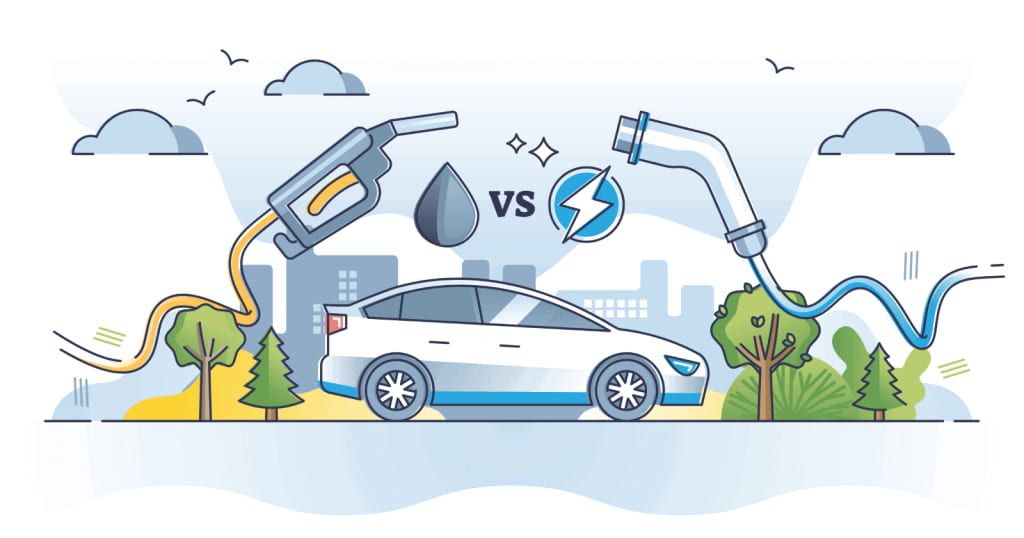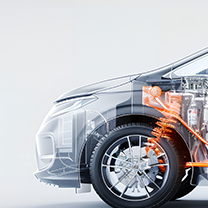
Products
Fast, Reliable, Everywhere

Solutions
Efficient, Innovative EV Charging Solutions.
As solar power and electric vehicles (EVs) converge, many eco-conscious homeowners are asking: how many solar panels are needed to charge an electric car? This guide explores the factors affecting solar EV charging and provides real-world calculations to help you plan an efficient, clean-energy home charging setup.

Take the Hyundai IONIQ 5 Long Range AWD as an example. With a daily driving distance of 40km and energy consumption of 0.179 kWh/km, it uses approximately 7.16 kWh per day.
A 400W solar panel in an area with 6 hours of daily sunlight generates about 2.4 kWh/day in ideal conditions. In cloudy conditions, output may drop to 0.6 kWh/day. This means:
Battery size and efficiency vary widely:
EVs with higher battery capacities or lower efficiency will require more solar electricity to replenish the same percentage of charge.
Most EV users don’t need to fully recharge every day. Daily mileage matters:
Shorter commutes = fewer panels needed.
Solar panels range from 350W–550W. Efficiency and quality affect performance. Higher wattage and better orientation maximize output. Examples:
Location determines sunlight intensity.
GHI (Global Horizontal Irradiation) and shading must be considered. Less sun = more panels.
Example: Hyundai IONIQ 5
| EV Model | Daily Use (40km) | City | Sunlight (hrs/day) | Panel (W) | Output/panel | Panels Needed |
|---|---|---|---|---|---|---|
| Audi e-tron 55 | 8.8 kWh | New York | 6.9 | 300W | 2.07 kWh | 5 |
| Fiat 500e | 5.6 kWh | Amsterdam | 4.6 | 350W | 1.6 kWh | 4 |
| Mustang Mach-E | 8.0 kWh | Brussels | 4.23 | 400W | 1.69 kWh | 5 |
| PROACE Verso | 10.8 kWh | Paris | 4.6 | 450W | 2.07 kWh | 6 |
| Taycan Turbo S | 9.2 kWh | Berlin | 4.5 | 500W | 2.25 kWh | 5 |
| Skoda Enyaq | 6.8 kWh | Barcelona | 6.9 | 550W | 3.8 kWh | 2 |
Note: Real-world performance may vary with weather, panel degradation, and orientation.
Adding home battery storage lets you save solar energy generated during the day for charging at night. It also allows flexibility and can reduce the total panel count needed for daily EV recharging. Storage systems offer backup options for cloudy days and increase energy independence.
Yes. Solar EV charging reduces your carbon footprint and can lead to long-term savings. However, to size your system accurately:
In most cases, 3–7 solar panels will cover a 40km daily commute. Install more to ensure coverage on cloudy days or for simultaneous home energy use.
